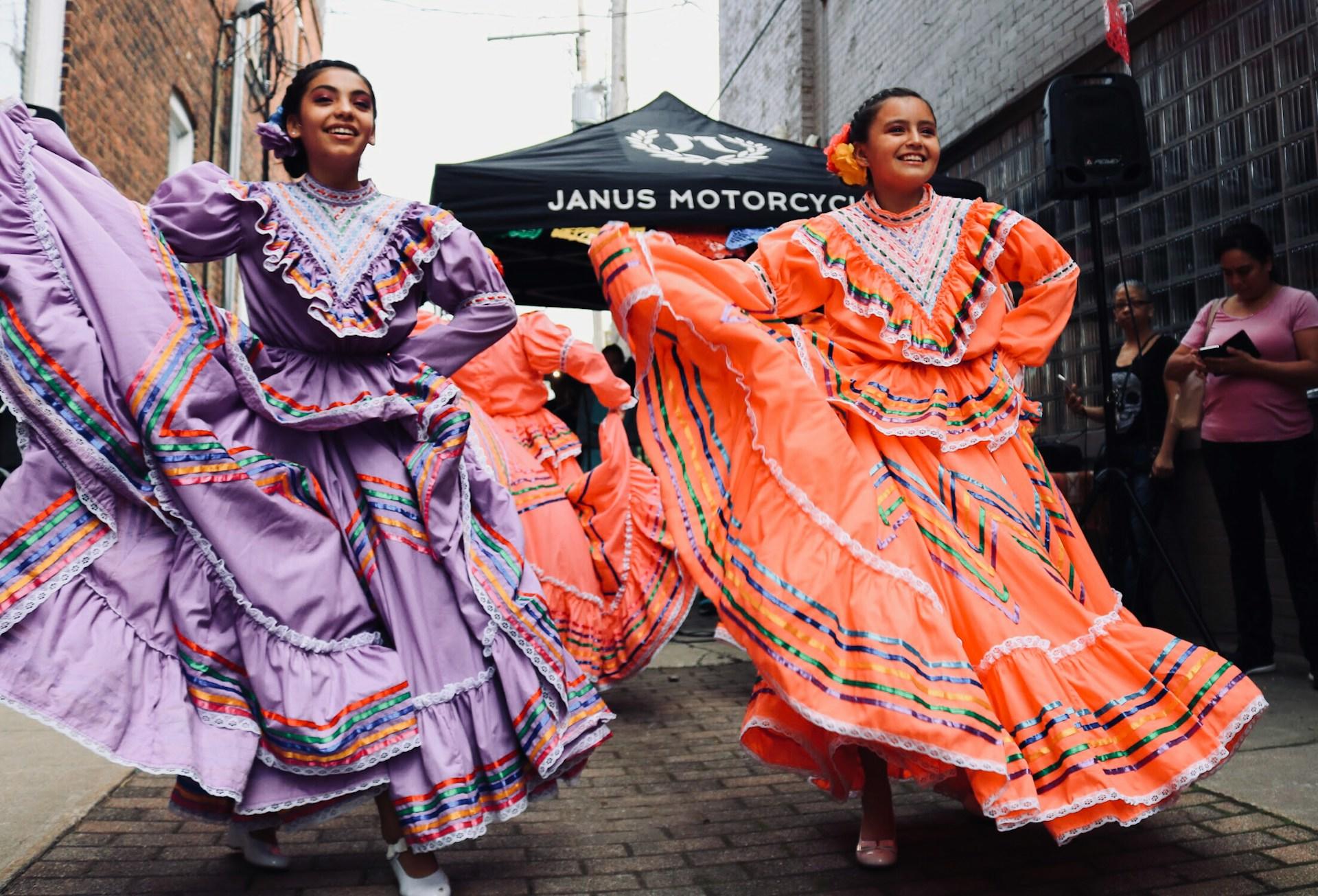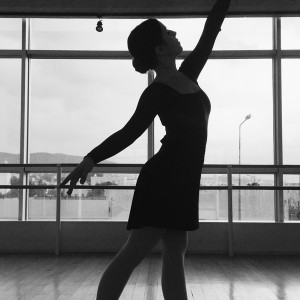The novelty is the sensitivity of the artist.
José Martínez Ruiz, A.K.A. Azorin
Spanish writer Azorín might have been talking about his own work, or generally about art. Might he have meant dance, too? For many of us, Spanish dance styles qualify as novel and artistic. And, best of all, we can discover Spanish dance without leaving Australia.
Spain is one of the world's most popular holiday destinations. Travellers dream of Costa del Sol, sun, sea, tapas and seductive music. They may even imagine the sensuous dances characteristic of this land. These dances, from various regions around Spain, are the most enticing.
| The dance's name | Where it's from | Dance notes: |
|---|---|---|
| Flamenco | Seville | Fiery and passionate; the most renowned of all Spanish dances. |
| Bolero | La Mancha and Murcia, became popular in Madrid | Originally fast-paced, the Bolero is now one of the slower dances. |
| Fandango | Portugal and Spain | Disputes arise over the Fandango's exact origins, with several regions claiming their variation is the authentic version. |
| Pasodoble | A military march | Typically a ballroom dance A staple of Venezuelan weddings |
| Sardana | Originally from Empordà, then widespread through the Catalan region. | Generally slow, a type of circle dance. |
| Muñeira | Northwest Spain | Lively tempo, resembling a jig. |
| Jota | Aragon | A type of folk dance, with each region having its own version. |
| Chotis | Madrid | Quick steps and lots of spinning |
| Sevillanas | Seville (Andalusia) | Typically danced during celebrations |
| Zarabanda | Origins unknown | A folk dance with Arab accents |

Topping the Spanish Dances List: Flamenco

Outside of Spain, people believe that flamenco is the country's representative dance. However, Spanish dancers say that flamenco is but one of many Spanish dance styles. Furthermore, this dance itself has many variations.
That's much like in the US, where you have a range of styles, from country dance to Madison dance. Line dancing is a good example of such, where soul line dancing and country line dancing look nothing alike. Each style adds elements to represent a different cultural flavour.
Concerning flamenco, we find these variations:
- Alegrías: from Cadiz, this is the original flamenco dance
- Bulerías: Seville-born, this is an energetic version
- Seguirillas: flamenco, Granada-style, is slower and melancholic
- Flamenco-rock blends two musical styles, for an energetic and passionate dance
- Nuevo Flamenco has a pop-music feel with a nod to its traditional roots
- Tangos: borrowing from Argentina, it's dramatic like a tango, but passionate, like flamenco
Alegrías alternates slow and sensual moves with fast and sassy enticements. Some variations include partner dances, but all of them emphasise the female dancer's role. Sara Baras, the award-winning flamenco dancer, demonstrates this style.
Fandango: Spanish Dance from Seville
Fandango is a lively partner dance, typically between man and woman, that is popular across the world. It originated in southern Spain and remains a traditional art form there, still. Best of all, it's made its way from Seville to Barcelona, Granada, and the rest of the world.
As the story goes, gypsies - the Roma people, brought fandango dancing from Andalusia to rest of the world.
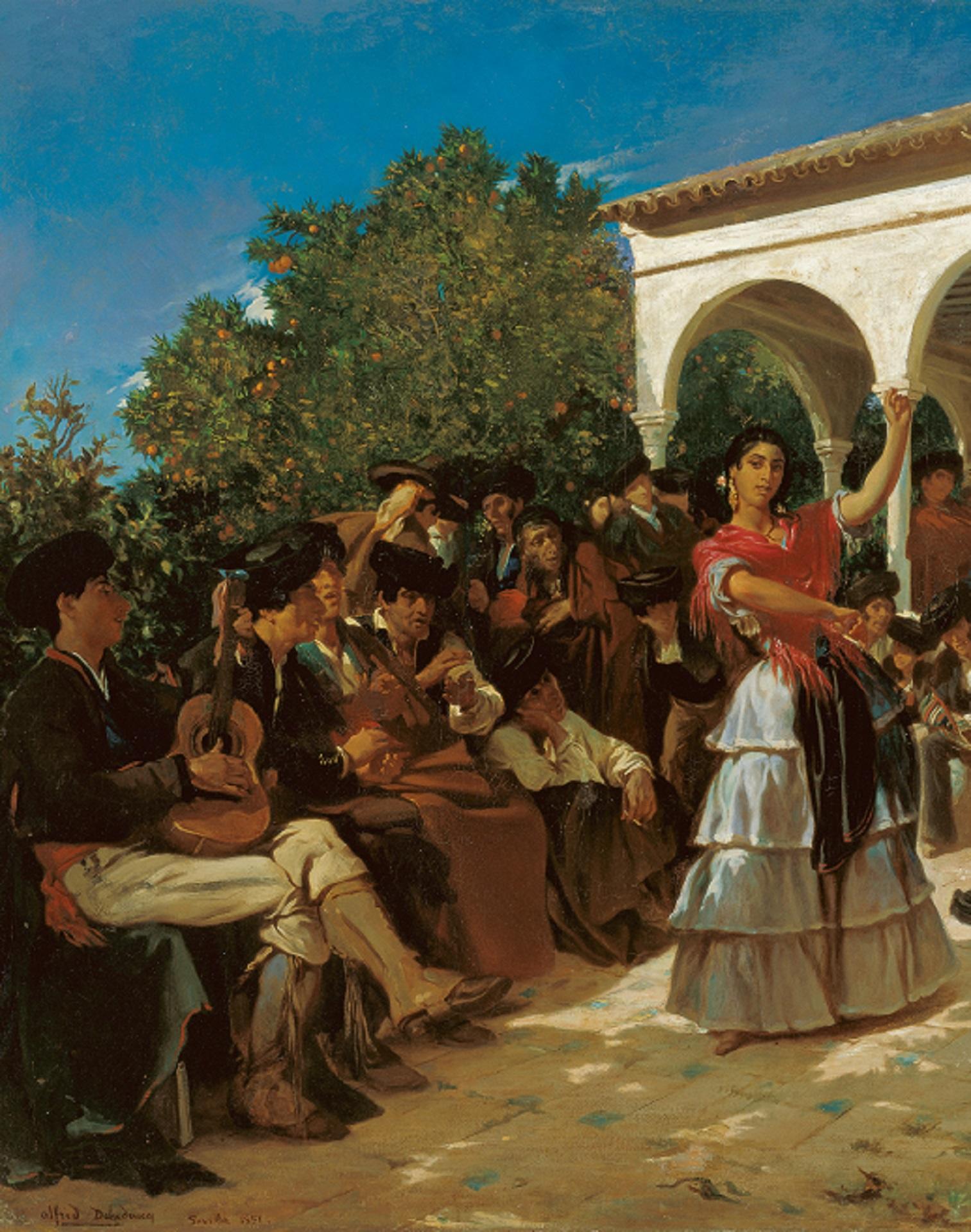
The art form consists of three parts: guitar playing, song and dance. None of these elements is left in the background; they are all equally important to the dance.
This dance style's roots are multicultural. This means that fandango dancing has evolved, and taken on many different identities and elements of culture from around the globe. Let this Brazilian dance crew treat you to its flawless execution!
The Banned Zarabanda Dance
Spanish dancing - baile, is expressive, and typically not a solo proposition. The zarabanda is an excellent case in point; many consider it a 'call and response' type of dance. That means one dancer executes a series of steps, and the second dancer repeats them. Occasionally, the 'response' dancer may add some zest to their moves, as a challenge to their partner.
In an entremés, Spanish author Miguel de Cervantes wrote of this dance: "hell was its birthplace and breeding place".
Spanish authorities banned the dance in 1583, but nobody heeded that rule. In fact, a sanitised version of this Spanish dance became a staple of Baroque dancing. Accordingly, musicians of that era toned the music down. Bach's Goldberg Variations (13th and 25th) give you an idea of what that sounds like, but we prefer this clip's spicier Spanish versions.
Properly done, the zarabanda includes twirls, leaps, percussive footwork and castanets; and intricate hand, arm, and body movements. Guitars, tambourines and sometimes a lute enhance this traditional spanish dance. As a challenge, you can learn it from a dance master through online dance classes.
Pasodoble: the Military Spanish Dance
How old is Spanish dancing? It was in the 15th century that most Spanish regions began to create their own dances. At that time, folks enjoyed more than 200 different types of dance in Catalonia alone.
Historians disagree on the pasodoble music's origins but all insist that it was the tempo Spanish soldiers marched to. Later, those triumphant strains became the music of bullfighters. If you've ever wondered why ballroom dance competition pasodoble music sounds so martial, now you know.
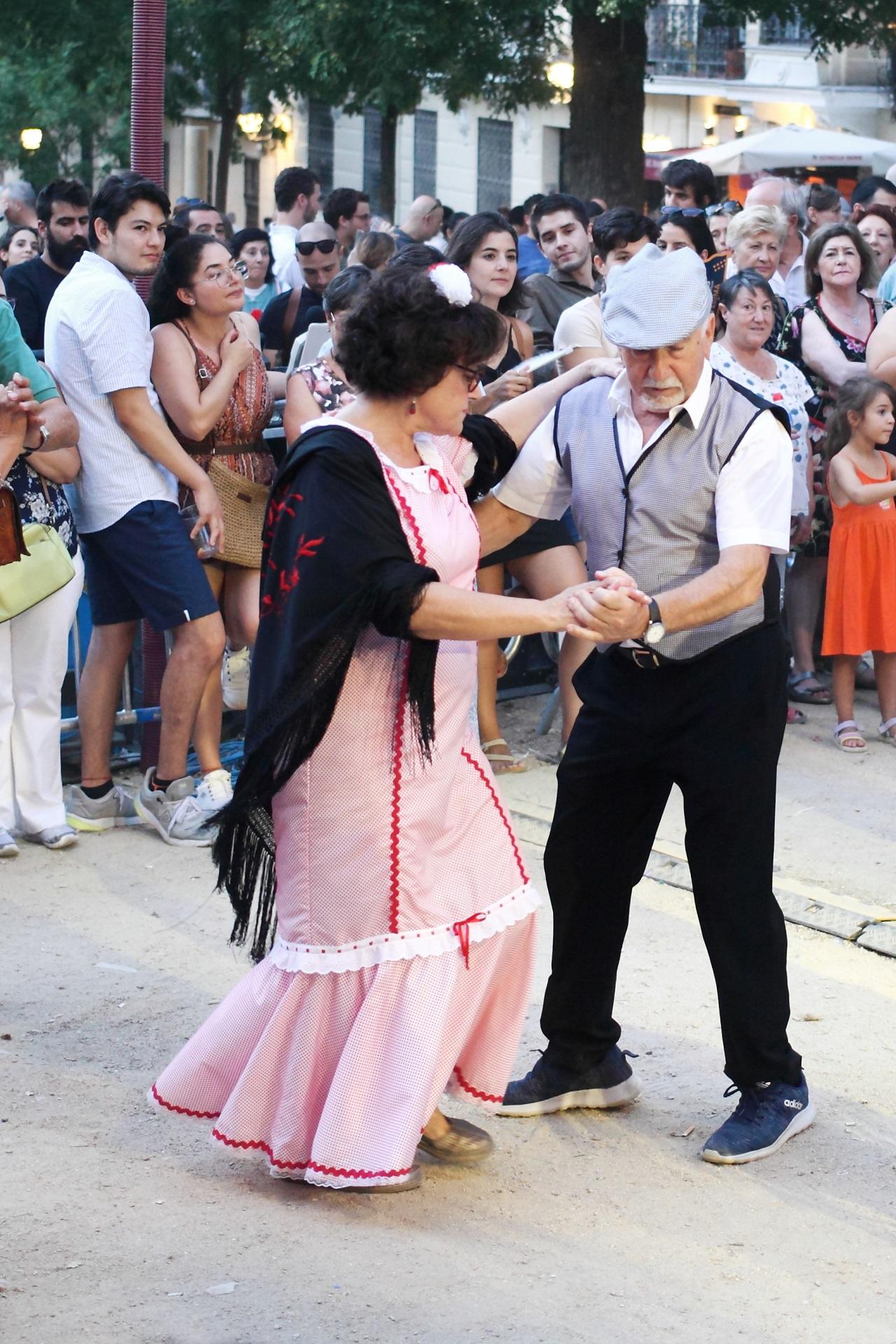
You are the frame. She is the picture in your frame.
From Shall We Dance?, 2004
Unlike other Spanish dances, the pasodoble focus is on the men, likely thanks to its military accents. African dance sometimes reflects this, by assigning some dances only to men and others to women. Note how these pasodoble dancers demonstrate the male-focused steps.

Bolero: Sensuous Spanish Dance
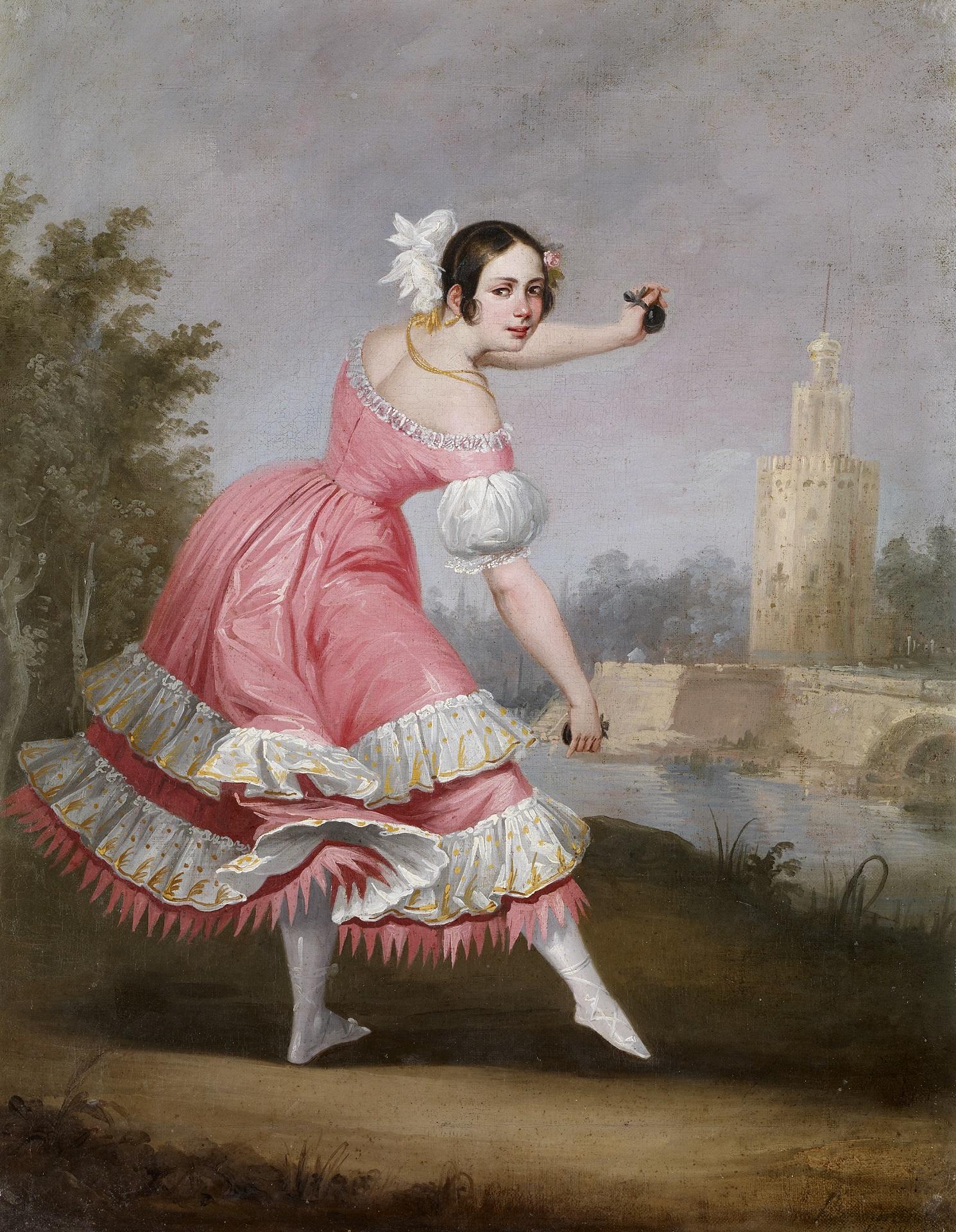
With this dance, we return to the standard format: the dance is all about showcasing the woman. The music starts with one instrument and one dancer moving, and adds more layers as it progresses.
Bolero starts slow and quiet, and builds to a crescendo of movement and music. This dance is dramatic, romantic, and powerful.
But don't take our word for it. Hear this bolero dancer explain his art, while offering glimpses of the dance classes you could take.
The Sardana: Catalonia-Style Dancing
This style of Spanish dancing involves a group of people in a circle, joining hands. They spread out as far as possible, making the circle as big as they can. Once the music starts, they follow small but distinctive steps to execute the dance.
The sardana is a great dance to learn in senior and adult dance classes. Sardana dancers stay in one place and focus on their footwork. It doesn't involve a lot more movement, so dancers are less likely to ache after the fun.
Muñeira: the Spanish Dance from Galicia
If you wanted to learn a Spanish dance that's a lot like Irish dancing, this is the style for you. Its lively pace keeps dancers hopping, and the gaitas, a type of bagpipe, sets the pace. In parallel with Irish folk dancing, the muñeira is often referred to as the Galician jig.
Translated from Galician, it means 'millstone', and also 'miller's wife' (or mill lady).
This dance's name informs us that it's a women-only dance. However, male dancers play a role in the spectacle, either clapping on the sidelines, or waving banners. This demonstration shows us how it's done.
The Jota: a Mirror Spanish Dance
The bolero focuses on men and the muñeira is all for women - pretty much as oriental dance is. Most others on this Spanish dances list call for the males to showcase their partners. By contrast, the jota involves the partners mirroring each other exactly, but for a female twirl, here and there.
This dance is popular across Spain, but the steps, music, and costumes vary by region. For instance, Galician dancers step to bagpipe and bombos music, while Castilian jota dancers tune their ears to the guitar. This troupe, from Arragon in Northern Spain, plays castanets to enhance their dance.
The Sevillanas: Popular Folk Dances
In my dance classes Melbourne, we had a great time learning the steps and moves to this dance. La Sevillana is a blanket name covering many different dances. Still, they all have the same characteristics: limited musical patterns, with the songs' lyrics lending them richness.
You'll see dancers of all ages joining in during fiestas and other celebrations. It's a vivid dance, with many flares and flashy turns.

These dances make a fine introduction to flamenco dancing, which is more complex. Just be sure to not confuse the two; the costumes and castanets make it easy to do!
Chotis
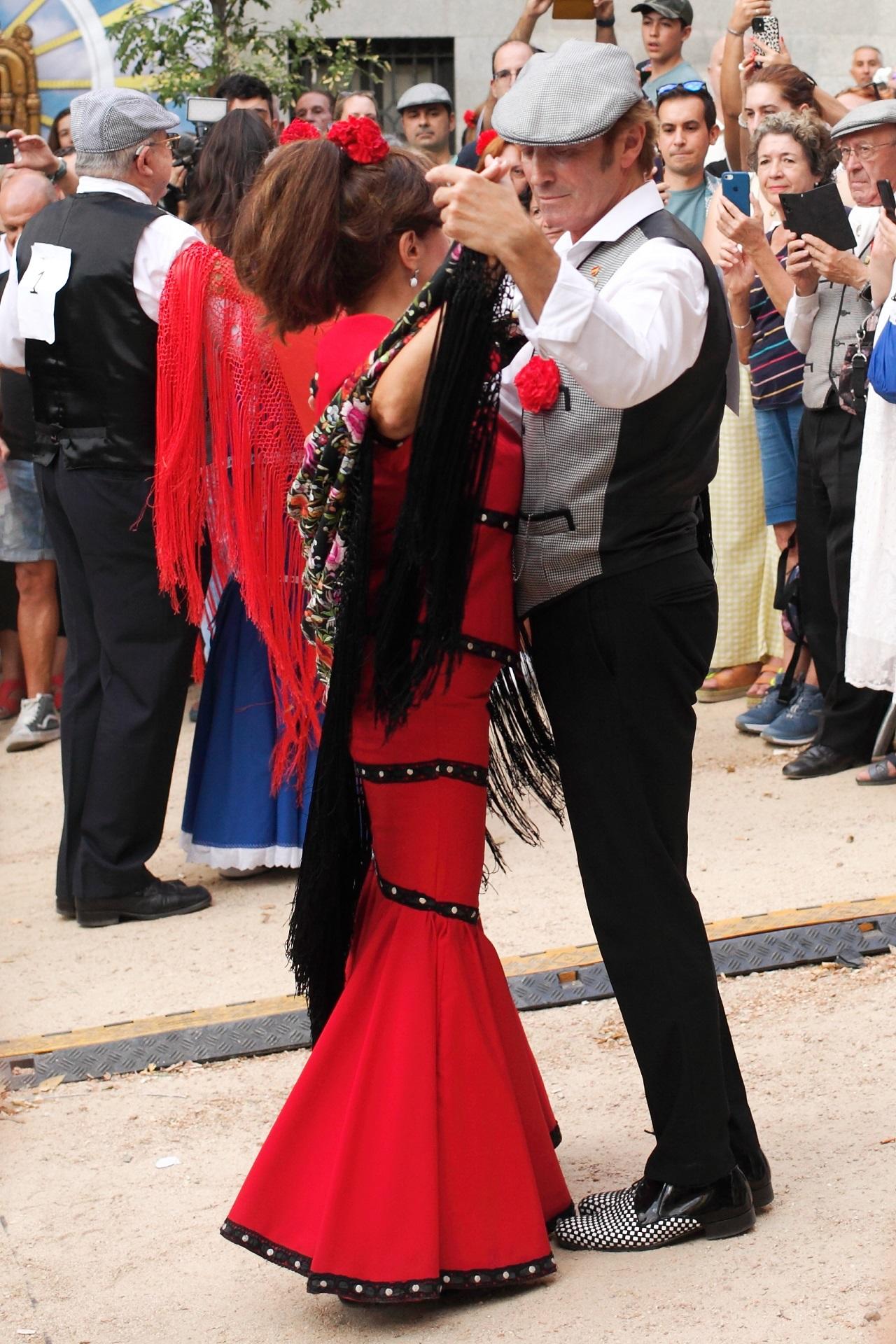
We end our list of Spanish dances with the most confusing one of all. The Chotis seems to have Bohemian roots, as well as a large footprint. People all over Europe, as well as Latin America, have versions of this dance.
Even Australian composers like Henry Marsh wrote Schottische music for dancers down under to get their dance on to.
Chotis is the Spanish version of a Bohemian dance called the schottische. In German, schottisch means 'Scottish'
The chota is a type of country dance. Partners move close together, and mostly stay in one place. Remarkably, the men may stand on one foot for most of the dance, and the women spin their partners as they dance around them.
Just like the flashy, energetic Bollywood dance, accessories are integral to this dance, notably the dramatic, fringed shawl that the women wear. You'll hear no castanets clacking during this dance, as the women are too busy moving their partners around. Likewise, this dance lacks the fiery flavour of other Spanish dances. Still, it's fun to watch - and to dance, once you learn how.

